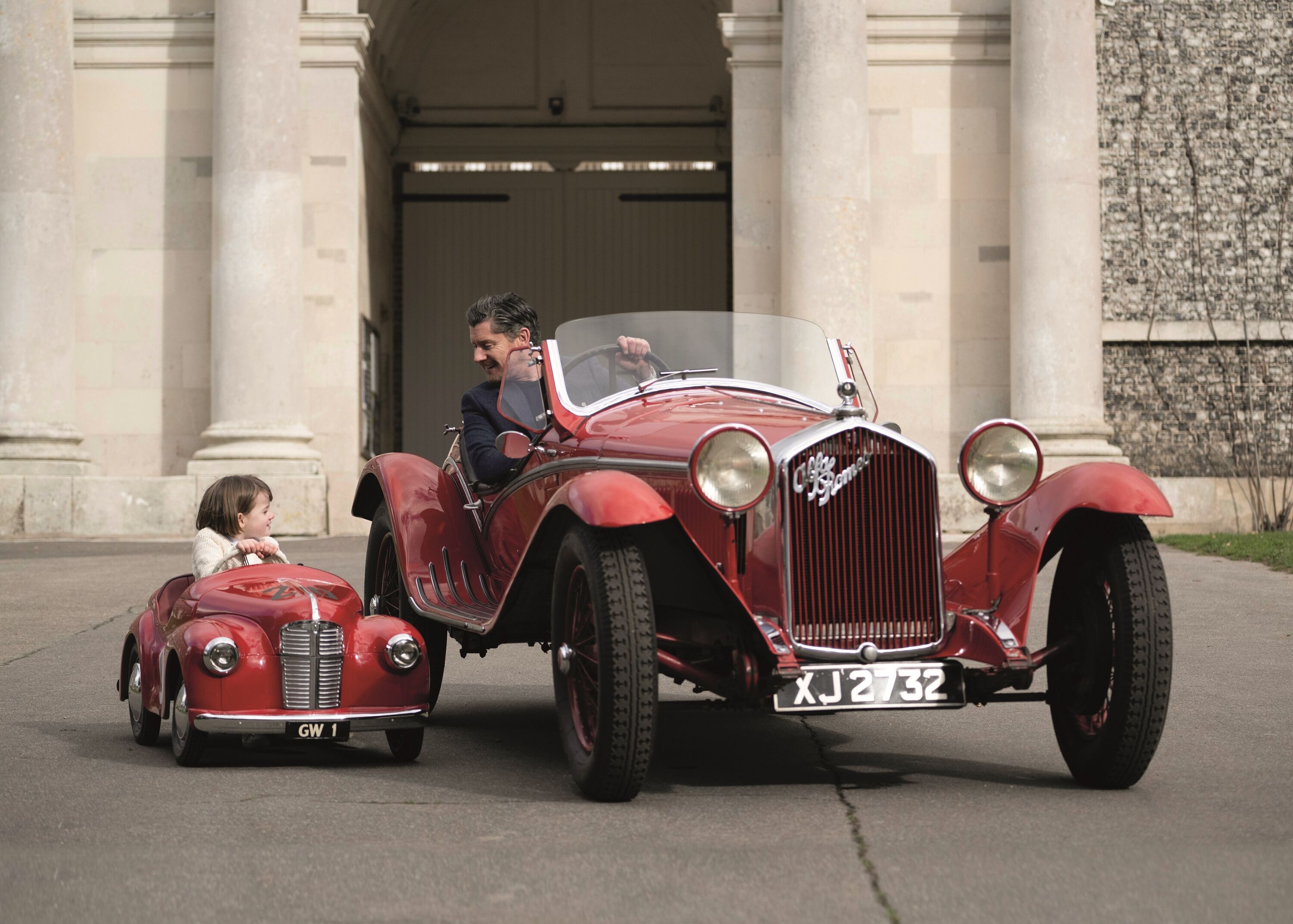The first race of the year, in Argentina, was won from pole position by the Williams of Alan Jones, the Australian carrying the momentum of four wins in the last six races of 1979 into his title-push season for the British squad.
His Renault rival René Arnoux struck back after an early bath in Buenos Aires to take his maiden win in Brazil and follow it up a fortnight later with his second in South Africa in the turbocharged RE20. Both times, the sister Renault of Jean-Pierre Jabouille had secured pole, proving that if reliability could be harnessed to speed, the 1.5-litre, forced-induction powerplant was very much the future of F1.
Around the twisty and bumpy California course, however, it was the normally aspirated Cosworth DFV V8 that got its own back. Brazilian Brabham driver Nelson Piquet, who’d secured his maiden podium finish with second place in Argentina, stuck the BT49 on pole for the first time – almost a second clear of Arnoux, out to secure a hat-trick of wins.
Behind them, a surprise appearance from Patrick Depailler’s Alfa Romeo 179 and Jan Lammers’ ATS D4 on the second row of the grid set the scene for a classic race, especially with the Williams FW07s of Jones and Carlos Reutemann only fifth and seventh.

Piquet, however, had other ideas and took off into a lead he would never relinquish. In fact, the 27-year-old, still in only his first full season with Bernie Ecclestone’s team, made it the perfect afternoon’s work en route to his maiden Grand Prix win by setting fastest lap.
Behind him, Arnoux didn’t really feature, eventually finishing a twice-lapped ninth. Jones got up to second place, only to crash out just past the halfway mark, Depailler suffered suspension failure at the mid-point of the race and Lammers failed to complete a lap thanks to transmission woes.
Second place went to Riccardo Patrese, the Arrows driver staying out of trouble and moving up from eighth on the grid to join Piquet as a second-time rostrum visitor. Third went to veteran Brazilian Emerson Fittipaldi. The former double World Champion qualified last of the 24th runners in his family-run Fittipaldi F7 and stormed through the field to third – only the second time he’d got the eponymous machine into the top three. His 35th and final career podium represented ‘Emmo’ at his brilliant best, and he celebrated with countryman Piquet in timely in-with-the-new-out-with-the-old fashion.

Fourth and fifth for John Watson (McLaren) and reigning World Champion Jody Scheckter (Ferrari) respectively would prove to be their best results of otherwise difficult seasons for the Grand Prix winners.
Sadly, Long Beach 1980 will also be remembered for the dreadful accident that befell another Grand Prix veteran and F1 hero, Clay Regazzoni. The Swiss ace, who’d tasted F1 success for the first time just two races before Fittipaldi 10 years earlier and lined up alongside him that day in Long Beach, suffered a stuck throttle in his Ensign N180 on the long start-finish straight and cannoned off the parked Brabham of Ricardo Zunino. Regazzoni was paralysed in the impact with the tyres in the escape road, bringing an end to his 132-GP career of this popular racer.
US Grand Prix (West), 1980
1. Nelson Piquet (BR) – Brabham BT49-Cosworth, 80 laps
2. Riccardo Patrese (I) – Arrows A3-Cosworth, 80 laps
3. Emerson Fittipaldi (BR) – Fittipaldi F7-Cosworth, 80 laps
4. John Watson (GB) – McLaren M29C-Cosworth, 79 laps
5. Jody Scheckter (SA) – Ferrari 312T5, 79 laps
6. Didier Pironi (F) – Ligier JS11/15-Cosworth, 79 laps
Images courtesy of LAT
On this day...
Formula 1





